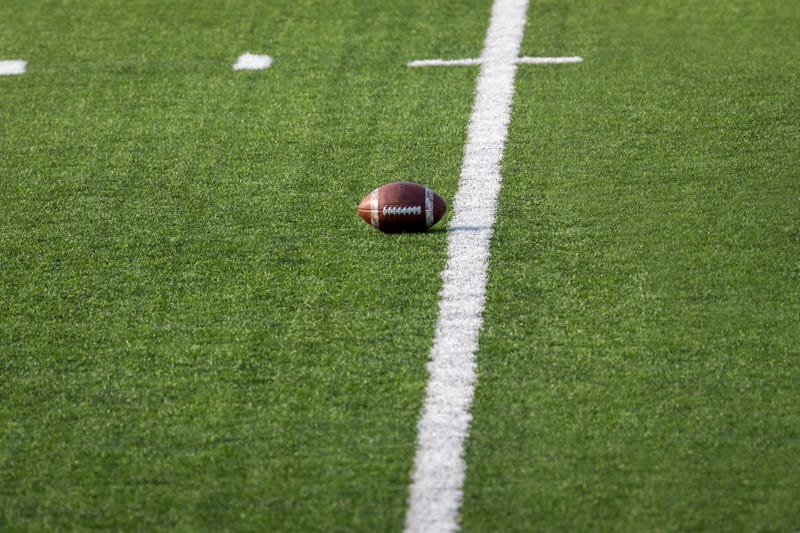
The MHSAA's Representative Council, holding its Spring Meeting in Gaylord earlier this week, announced the addition of seeding for District tournaments in basketball and soccer for both boys and girls. Beginning with the 2019-20 school year, a new seeding process will ensure the top two teams in each district -- the first stage of the state tournament -- will be on opposite sides of the bracket, ensuring they could not meet before the District championship game.
After the top seeds are determined, the rest of the District will be randomly drawn to determine the rest of the bracket.
The seeding will be based on a new computer formula, the Michigan Power Rankings. The MPR is based on regular season results against other MHSAA tournament-eligible teams and their opponents' strength of schedule -- a similar concept to the NCAA's RPI formula. Games against out-of-state or non-MHSAA opponents will not count in the formula.
The MPR is being used this spring to seed the Boys Lacrosse Tournament. Separate seeding proposals were recommended to the Council by the MHSAA committees for both soccer and basketball.
It does not appear seeding will be used beyond districts.
Football will also see a significant change to its postseason format beginning with the 2020 season. At the start of each new season, teams will be placed into eight divisions based on enrollment and there will be 32 playoff qualifiers in each division, based on playoff-point averages. There will no longer be automatic qualifiers based on win total.
Previously, divisions were not determined until the end of the season based on enrollment and playoff-point averages and teams who won six games in a nine-game schedule (or five games in an eight-game schedule) automatically qualified for the playoffs.
An adjusted playoff points formula will award bonus points for all opponents’ wins, regardless of whether the team beat or lost to those opponents. In the current system, bonus points are awarded only if the team defeated an opponent. Under the new system, more points will still be awarded for defeating teams from larger divisions.
The Football Committee says it proposed these changes because it believes receiving bonus points for a "good loss" (against a quality and/or larger-division opponent) -- combined with the elimination of automatic qualifiers -- will be enough incentive for teams to schedule more successful opponents, easing the annual difficulty in football scheduling and taking away arguably the most cited reason for the breakup of leagues and conferences.
The council also approved an enrollment limit of 215 students for teams to be eligible for the MHSAA 8-Player Playoffs, which will also take effect for the 2020 season. Currently, a school must be Class D to be eligible for the postseason, or in a one-year grace period if it grew larger than Class D for the current school year. While the Class D enrollment line changes annually, the 8-player line of 215 students will remain static year to year. The grace period also will remain for schools that might receive a one-year enrollment bump before falling back below 215 students.
Limited video review of scoring plays or potential scoring plays and turnovers or potential turnovers will be added to the 11-player and 8-player football divisions. The MHSAA says this process will be available at Finals only, because of the availability of camera coverage provided by broadcasts of those highest-level games of the tournament. Although all scoring and turnover plays could be reviewed, a play will be reversed only when there is indisputable video evidence showing the original call was incorrect.
Continuing to have a mind for safety in football, the council says it approved a recommendation to adopt revised definitions and limits on contact allowed during preseason practices and practices after games have begun. Beginning with this 2019 football season, teams will be allowed no more than six hours of full-pads collision contact per week during the preseason and no more than 30 minutes of collision contact during a week of in-season (after games begin) practice. “Collision” is defined as contact at game speed, with the execution of full tackles at a competitive pace, taking players to the ground.
However, while “collision” contact will be limited, “thud” contact will be unlimited. “Thud” is defined as full speed but above the waist only, with no player taken to the ground and no winner or loser. Thud contact is not considered collision contact. The revised definitions of “collision” and “thud” and related time limitations are products of collaboration between the MHSAA, Michigan High School Football Coaches Association and Practice Like Pros, a national movement dedicated to safety in high school football. The recommendation was brought to the Football Committee by leadership of the Michigan High School Football Coaches Association and further defines the degree and amount of practice contact following similar practice safety changes approved by the Council for football in 2014 and 2017.
The council approved dozens of other changes to various rules and regulations across all sports, including a sport-specific transfer rule, the maximum dollar value of trophies, limited use of cell phones during golf tournaments and several other regulations.
